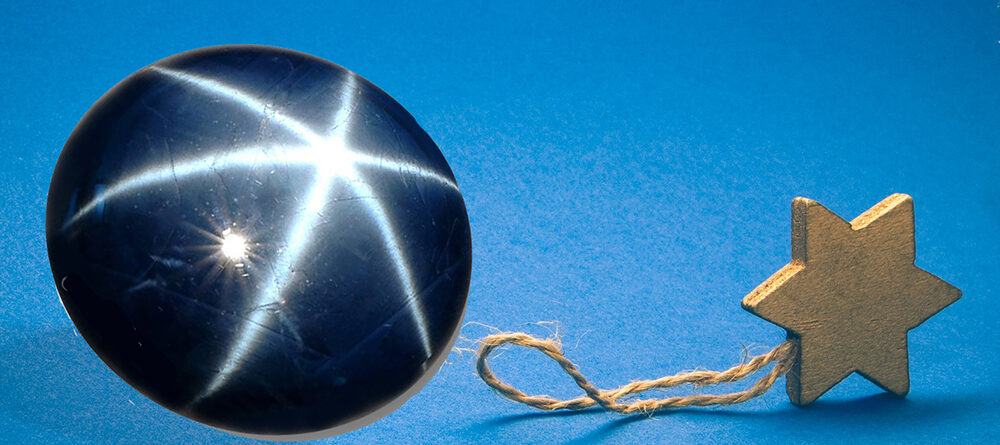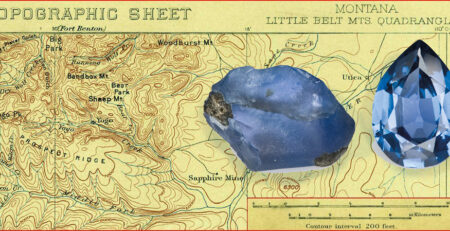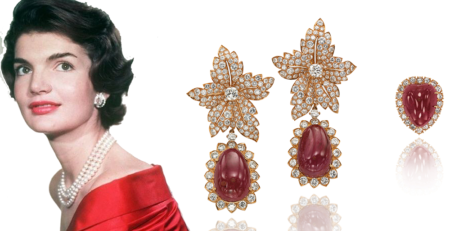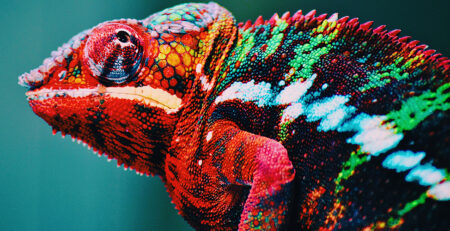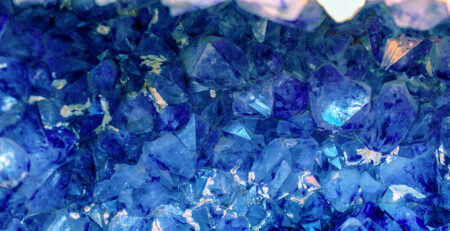The Natural Wonder of Star Sapphires
A star sapphire is a type of sapphire that exhibits a star-like phenomenon known as asterism; red stones are known as “star rubies”. Star sapphires contain intersecting needle-like inclusions
The stones are cut en cabochon, typically with the center of the star near the top of the dome. Occasionally, twelve-rayed stars are found, typically because two different sets of inclusions are found within the same stone, such as a combination of fine needles of rutile with small platelets of hematite; the first results in a whitish star and the second results in a golden-colored star. During crystallization, the two types of inclusions become preferentially oriented in different directions within the crystal, thereby forming two six-rayed stars that are superimposed upon each other to form a twelve-rayed star. Misshapen stars or 12-rayed stars may also form as a result of twinning.
The inclusions can alternatively produce a “cat’s eye” effect if the girdle plane of the cabochon is oriented parallel to the crystal’s c-axis rather than perpendicular to it. To get a cat’s eye, the planes of exsolved inclusions must be extremely uniform and tightly packed. If the dome is oriented in between these two directions, an ‘off-center’ star will be visible, offset away from the high point of the dome.
At 1404.49 carats, The Star of Adam is claimed to be the largest blue star sapphire, but whenever such claims are made, one should be careful not to equate size with quality or value. The gem was mined in the city of Ratnapura, southern Sri Lanka.
The Black Star of Queensland, the second largest star sapphire in the world, weighs 733 carats. The Star of India mined in Sri Lanka and weighing 563.4 carats is thought to be the third-largest star sapphire, and is currently on display at the American Museum of Natural History in New York City. The 182-carat Star of Bombay, mined in Sri Lanka and located in the National Museum of Natural History in Washington, D.C., is another example of a large blue star sapphire.
The value of a star sapphire depends not only on the weight of the stone, but also the body color, visibility, and intensity of the asterism. A common mistake made by novices is to value stones with strong stars the highest. In fact, the color of the stone has more impact on the value than the visibility of the star. Since more transparent stones tend to have better colors, the most expensive star stones are semi-transparent “glass body” stones with vivid colors.
Related posts
- The Timeless Jacqueline Kennedy Onassis Jewelry Collection
- Reimagine these 10 famous jewellery pieces with our natural blue sapphires
- Elizabeth Taylor’s Impressive Jewelry Collection
- Corundum’s Chameleons— Color-change Sapphires
- The Word’s Five Most Famous Blue Sapphires
- Most famous Ceylon blue Sapphire ring
- The Natural Rough Yellow Sapphire
- Melania Trump: The First Lady’s Jewelry Collection
- Kate Middleton’s Stunning Jewellery Collection
- Yogo Sapphires : The ‘Blue Pebbles’ of Montana
- Sapphire Mining



